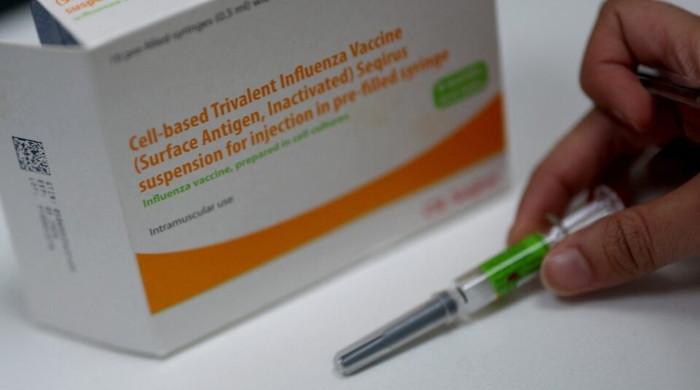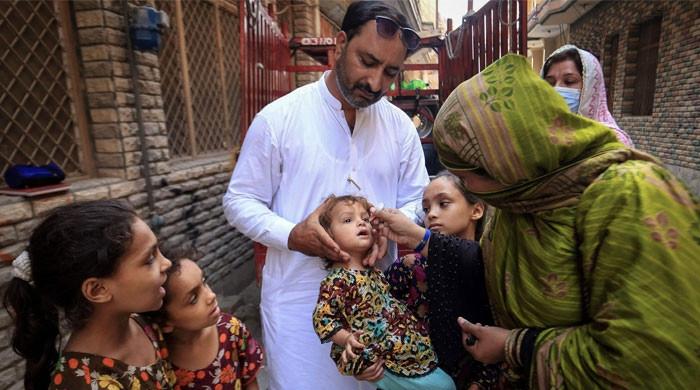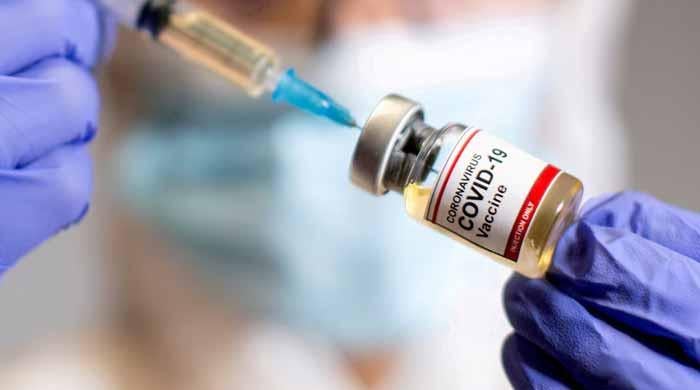Smoking linked to increased atrial fibrillation risk
Study suggests nicotine also has been shown to predispose to fibrosis in the heart, which can lead to atrial arrhythmias
August 03, 2018

Current smokers are more likely than nonsmokers to develop the most common heart rhythm disorder, atrial fibrillation, suggests an analysis of existing research.
The more a person smokes, the greater the risk, but quitting smoking appears to lower it significantly, the authors report in the European Journal of Preventive Cardiology.
“The prevalence of atrial fibrillation has been projected to increase over the next decades and it is an important risk factor for a number of other cardiovascular diseases and premature mortality,” lead author Dagfinn Aune told Reuters Health by email.
“Tobacco smoking has been proposed as a risk factor for atrial fibrillation, but previous studies have not been summarised in sufficient detail to answer whether there is a dose-response relationship between increasing number of cigarettes smoked per day,” said Aune, a researcher with the School of Public Health at Imperial College London in the UK.
Aune’s team analysed data from 29 studies of atrial fibrillation rates in more than half a million current, former and never-smokers in Europe, North America, Australia and Japan.
Compared to people who had never smoked, current smokers had a 32 per cent increased risk of having atrial fibrillation, while former smokers had a nine per cent higher risk. Current smokers also had a 33 per cent higher risk than former smokers.
As the number of cigarettes smoked increase, so did the risk of atrial fibrillation, Aune said.
The relative risk of having atrial fibrillation rose by 17 per cent, 32 per cent and 45 per cent, respectively, for 10, 20 and 30 cigarettes smoked per day compared to not smoking, Aune said.
“The much lower risk in former smokers than among current smokers shows that smoking cessation is important for people who smoke, but further studies are needed to clarify whether the risk of atrial fibrillation approaches that of never smokers with longer durations of smoking cessation,” he said.
The study cannot say how smoking increases the likelihood of atrial fibrillation, but both indirect and direct mechanisms could be involved, the authors note. Smoking increases the risk of other diseases that predispose to atrial fibrillation including diabetes, chronic obstructive pulmonary disease, coronary heart disease and heart failure, Aune said.
“In addition, smoking is associated with elevated blood pressure and heart rate which also are risk factors for atrial fibrillation.”
Nicotine also has been shown to predispose to fibrosis in the heart, which can lead to atrial arrhythmias by slowing the conduction of electrical impulses in cardiac tissue, Aune said.
One of the limitations of the analysis, the authors note, is that the included studies did not always account for other factors, such as poor diet, alcohol use or abdominal fat, that might also contribute to atrial fibrillation risk and that are traits common in smokers.
“Atrial fibrillation is the most common supraventricular arrhythmia in western continents,” said Dr Luigi Di Biase, head of electrophysiology and director of arrhythmia services at the Montefiore-Einstein Center for Heart & Vascular Care in New York City, who wasn’t involved in the study. “It affects about 5 million Americans and is projected to increase to many more patients before 2050,” he said in a phone interview.
Part of that increase is due to age and people living longer thanks to improved medical technology. “So the longer we live, the more time we have to develop atrial fibrillation,” he said.
“The most important thing that people need to be aware of is you increase your risk of stroke, which is a disabling condition that you don’t want to have,” Di Biase said.
Di Biase added that about 70 per cent of people with atrial fibrillation show symptoms, such as palpitations, shortness of breath while exercising or walking, becoming tired, or feeling irritable.
“Many patients say, ‘I don’t feel like myself,’” he said.
Unfortunately, some people have atrial fibrillation without symptoms. “Because they don’t feel it, they don’t seek medical attention and these are the patients that most likely will have a stroke,” he said.









